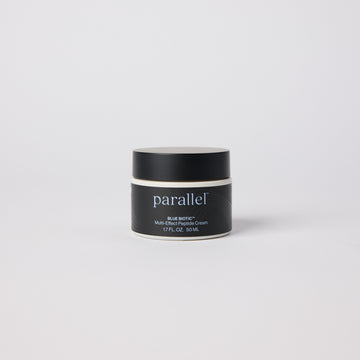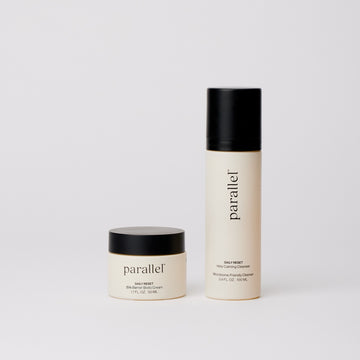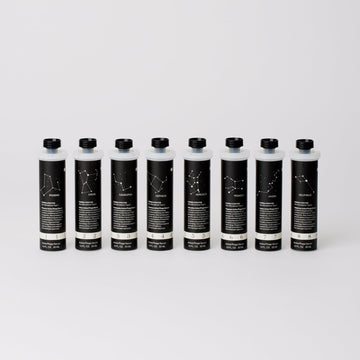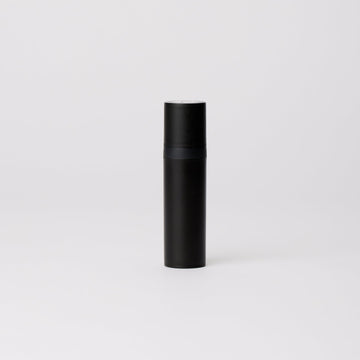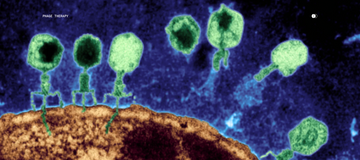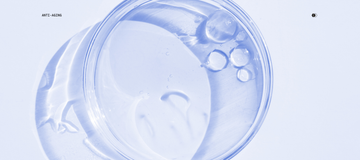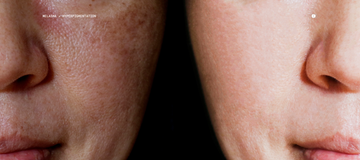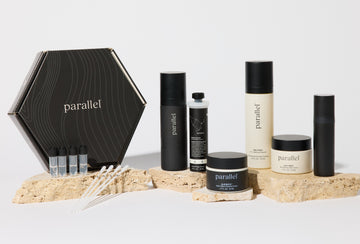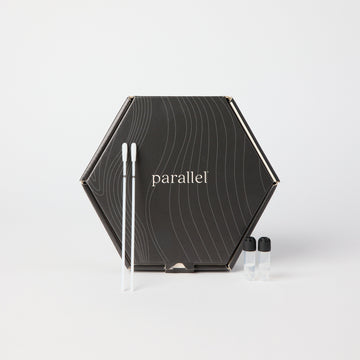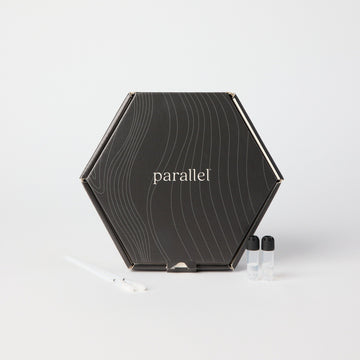If you've been battling stubborn acne that seems tied to your menstrual cycle, stress levels, or life transitions, you've likely heard about spironolactone. This medication, originally developed for high blood pressure, has become a go-to treatment for hormonal acne—and for good reason. But the decision between oral and topical forms isn't always straightforward.
Let's explore what spironolactone actually does, when it makes sense, and why more people are choosing the topical route.
How Spironolactone Tackles Hormonal Acne
Spironolactone works by blocking androgen receptors—the same receptors that respond to hormones like testosterone and DHT. When these hormones bind to receptors in your sebaceous glands, they trigger excess oil production and inflammation. By blocking this process, spironolactone helps reduce the hormonal cascade that drives acne formation.
Studies show impressive results: improvement ranges from a 50% to 100% reduction in acne, with 85% of patients seeing improvement and 55% achieving completely clear skin in clinical trials.
The Oral Option: Pros and Cons
The Pros:
- Well-studied with decades of clinical data
- Systemic approach that addresses hormonal acne throughout the body
- Can be particularly effective for severe, deep-seated acne on the lower face and jawline
The Cons: Understanding the hesitation around oral spironolactone is important—and completely valid. Side effects include electrolyte imbalance, breast tenderness, irregular periods, and increased urination. Since it's a diuretic, you'll find yourself urinating more often, and potassium levels may need monitoring.
For many people, the idea of taking a medication that affects your entire hormonal system feels overwhelming, especially when you're already dealing with the emotional impact of acne. The concern about altering natural hormone balance is understandable—your body's systems are delicately interconnected, and systemic changes can feel unpredictable.
The Topical Alternative: A Targeted Approach
This is where topical spironolactone becomes compelling. The topical version minimizes the systemic side effects associated with the oral form while maintaining its efficacy in treating acne.
Why Topical Makes Sense:
- Localized treatment: It targets specific areas to mitigate the effects of androgens in the skin without the systemic effects often associated with taking spironolactone orally
- Minimal side effects: Patients did not experience any severe side effects, and the topical formulation shows no serious side effects
- Suitable for more people: The topical cream seems not to cause any systemic endocrine side effects even in men and its use could be safe in male patients with acne
The Research: Clinical studies show significant improvement in acne with topical spironolactone 5% cream over 8 weeks, with significant decreases in acne papules, open and closed comedones, and acne grading scores. Results typically become visible after 8-12 weeks.
When Spironolactone Might Not Be Right
We completely understand if hormonal intervention—even topical—doesn't feel right for you. Some people prefer to avoid altering their hormonal pathways entirely, and that's a valid choice that deserves respect.
Alternative approaches include:
- Microbiome-focused treatments only: Addressing the bacterial imbalances that hormones create without directly manipulating hormones themselves
- Lifestyle modifications: Supporting your body's natural hormone regulation through stress management, sleep optimization, and anti-inflammatory nutrition
- Barrier repair and targeted skincare: Strengthening your skin's natural defenses while using non-hormonal active ingredients
The Parallel Health Perspective
At Parallel Health, we recognize that hormonal acne often requires a multi-faceted approach. While we specialize in precision microbiome therapies, we understand that sometimes addressing the hormonal component can be a valuable piece of the puzzle.
For patients where hormonal intervention makes sense, we offer our proprietary custom-compounded topical spironolactone, combined with peptides, as part of a comprehensive protocol. Our formulation has been clinically proven to be 50% more bioavailable and effective than other formulations, while also being specifically designed to be more microbiome-supportive. This proprietary blend of spironolactone allows us to address the hormonal triggers locally while our precision phage therapy restores bacterial balance—targeting the problem from multiple angles without the systemic effects of oral hormones.
The beauty of this approach is that you're not choosing between addressing hormones or your microbiome—you're supporting both in the most targeted way possible.
Whether you choose oral, topical, or skip spironolactone entirely, the most important thing is finding an approach that aligns with your comfort level and health goals. Hormonal acne is complex, and your treatment should be, too, in the best possible way.
Considering spironolactone as part of your acne treatment? Our dermatology team can help you determine if it's right for your unique situation and how it might fit into a comprehensive microbiome-focused approach.


